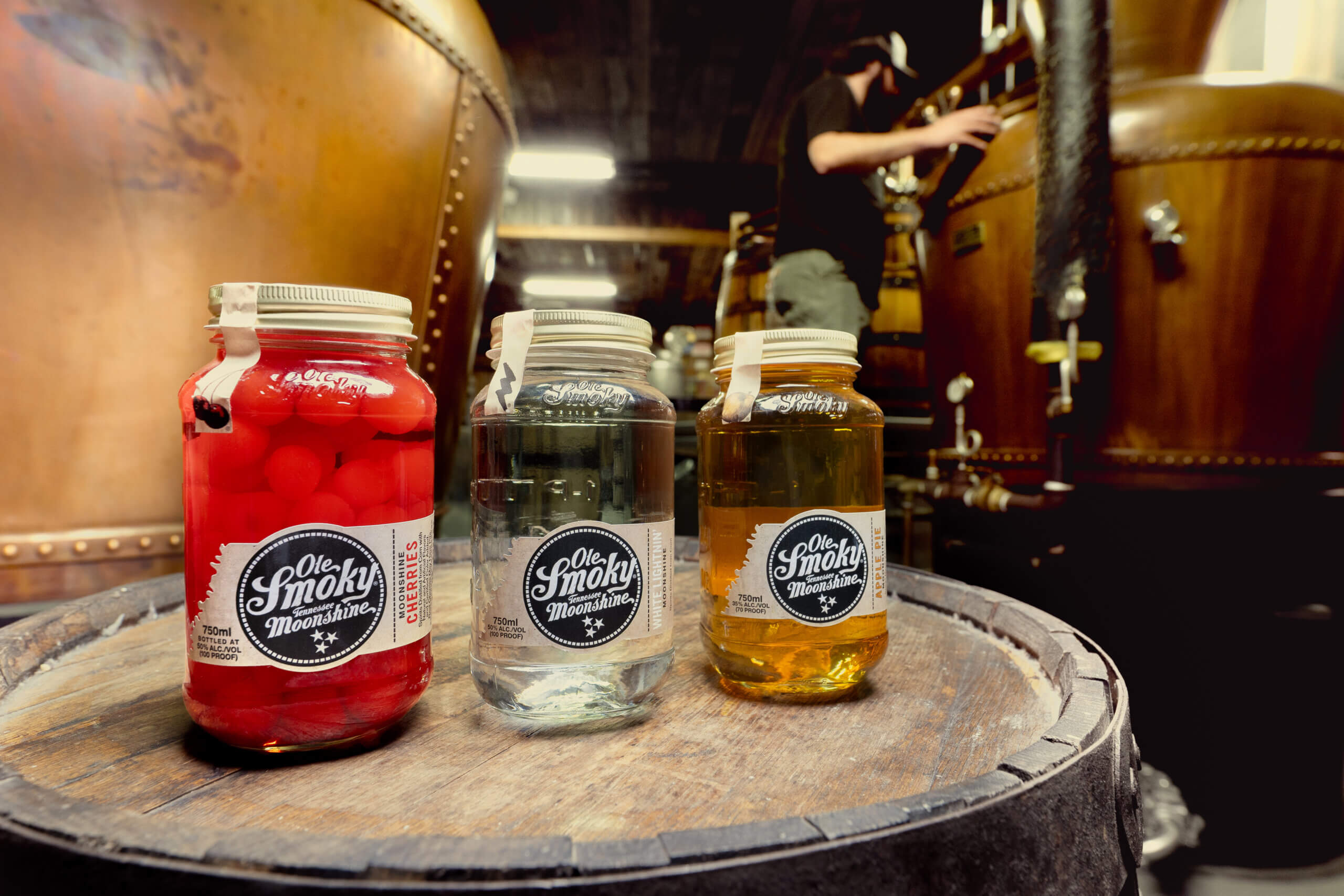Absinthe Minded Copper & Kings’ Love Affair with Absinthe
By Joseph Luparello
The original 18th Century absinthe was brandy-based, so it’s no surprise that Copper and Kings American Brandy Company looks to celebrate this history and heritage with its classically styled absinthes.
The Louisville-based company joyfully indulges in the botanical engineering that goes into the distilling of superior, delicious absinthe. Keeping it old school, using a double-distilled brandy-base without grain-neutral spirits or chill-filtration, it incorporates the classic botanicals including Grande Wormwood, Fennel, Hyssop and Licorice Root within an extensive botanical palette.
No sugar or flavors, or colors are added post-distillation, and the finish is a pastoral, herbaceous, subtly layered spirit with natural sweetness and bitterness harmoniously balanced.

Absinthe Sazerac
With the utilization of a double distillation in small alembic copper pot stills, Copper and Kings creates a classic, high proof absinthe with an unctuous, viscous, and creamy character. The alembic copper pot stills serve as tools of botanical and fruit base intensity with the retention and concentration of flavors to the foreground.
While it’s important to know what’s being put into the process, it’s equally crucial to note the exclusions. Copper and Kings’ process omits chill-filtration, enabling the result of lovely absinthe with impressive natural oily “legs” in a glass.
Why no sugar? It’s simple. The botanicals selections include many that are naturally sweet so there’s no need for anything over the top. Copper and Kings do not recommend the addition of a sugar cube to the classic ice water drip-serve ritual as the absinthe is already balanced in terms of sweet to bitter, and the cold water serving is enough for a beautiful classic louche, and dilution from 130-proof to your preferred taste.

Absinthe Frappe
The maintenance of distilled flavor integrity is paramount for the Louisville distillers. That’s why the only flavor in effect is the one produced exclusively through the alembic copper pot-distillation. Also, some brands will add coloring in search of a green aesthetic. But once again, Copper and Kings refuses to jump on the bandwagon and focused squarely on the natural color of the finished distilled spirit.
With all these intricacies accounted for, they’ve proudly experimented with several absinthe variations. Launching three different American absinthes using vapor distillation techniques typical of a gin process with lavender petals, citrus peels, and fresh-chopped ginger. A novel exploration of absinthe aged in Serbian juniper wood barrels (typically used for aging balsamic vinegar) is its Zmaj (named for the mythical Serbian dragon) iteration. Some seriously aged absinthe in port and sherry casks are also resting in the basement cellar sonically aging with rock and roll.
Summing up their creations and attempting to predict future trends, CEO of Copper and Kings Joe Heron quotes, “Our product does what absinthe is meant to do—it’s an anis-forward, mellow spirit. It is high proof, complex and layered beautifully in the glass. I do believe that the anis flavor could be the next ginger. It’s becoming more mainstream every day. Fennel is far more common a food ingredient than it was before, and black licorice is very sexy. Bartenders do wonderful things with absinthe beyond classics like the Sazerac, with deliciously inventive libations, even to the extent of being a Tiki secret weapon.”









